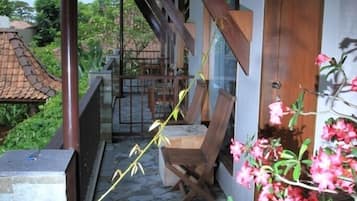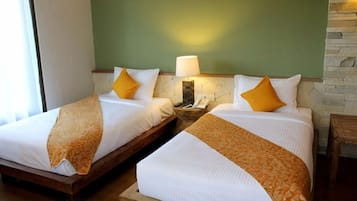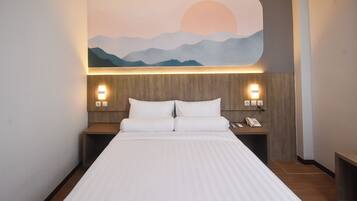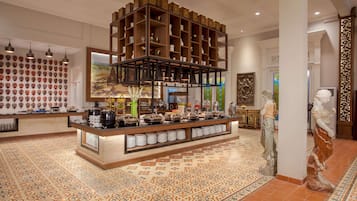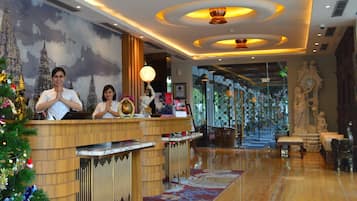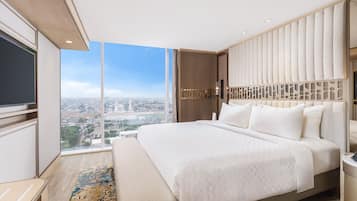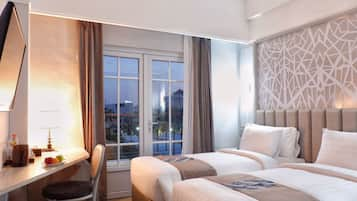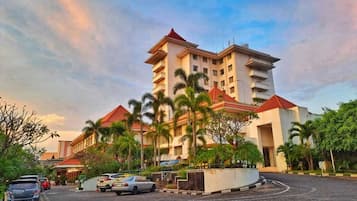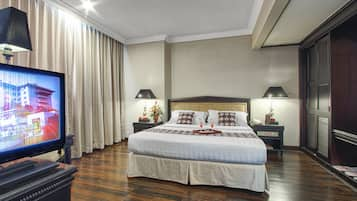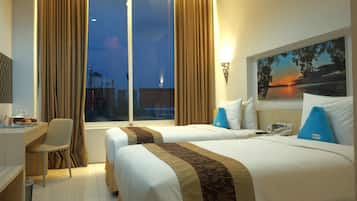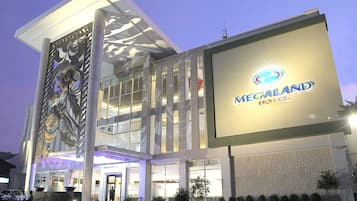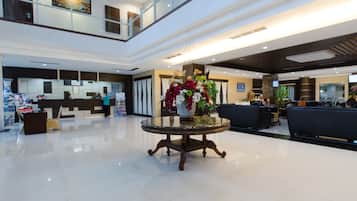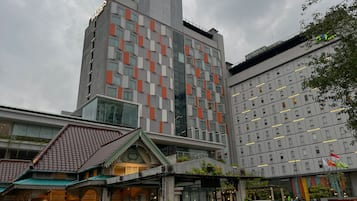Foto von Sharrie Shaw
Hotels mit Pool in Surakarta suchen
Hotels mit Pool in Surakarta: Verfügbarkeit prüfen
Heute
Morgen
Dieses Wochenende
Nächstes Wochenende
Beliebte Hotels mit Pool

Rumah Batu Boutique Hotel
Baki
9.0 von 10, Wunderbar, (9)
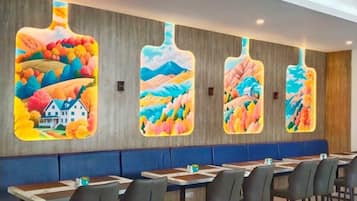
Front One Luxe Hotel Solo
Innenstadt von Solo
Der Preis beträgt 19 €
inkl. Steuern & Gebühren
11. Nov.–12. Nov.
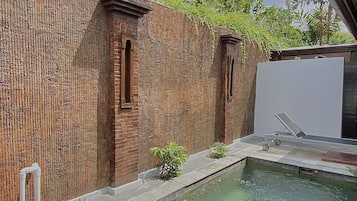
Chrome Hotel & Resort Solo
Surakarta
8.4 von 10, Sehr gut, (8)
Der Preis beträgt 40 €
inkl. Steuern & Gebühren
11. Nov.–12. Nov.
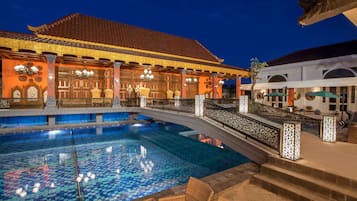
Ramada Suites by Wyndham Solo
Colomadu
9.0 von 10, Wunderbar, (6)
Der Preis beträgt 33 €
inkl. Steuern & Gebühren
11. Nov.–12. Nov.
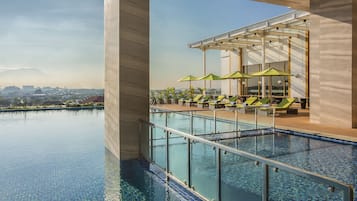
Swiss-Belhotel Solo
Banjarsari
9.2 von 10, Wunderbar, (37)
Der Preis beträgt 41 €
inkl. Steuern & Gebühren
11. Nov.–12. Nov.
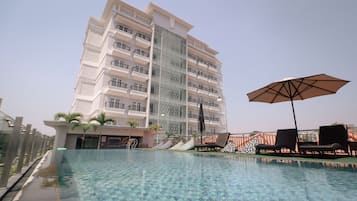
FIM by Zigna
Innenstadt von Solo
9.4 von 10, Außergewöhnlich, (6)

Sahid Jaya Hotel Solo
Innenstadt von Solo
7.2 von 10, Gut, (24)
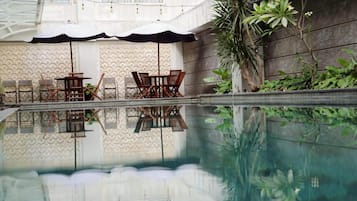
Megaland Hotel
Surakarta
7.2 von 10, Gut, (5)
Dies ist der niedrigste Preis pro Nacht, der in den letzten 24 Stunden für einen Aufenthalt mit 1 Übernachtung von 2 Erwachsenen gefunden wurde. Preise und Verfügbarkeiten können sich ändern. Es können zusätzliche Bedingungen gelten.
![At the museum no photos are allowed which is really unfortunate as it was well worth the visit and the guided tour is definitely not to be missed. In the museum there are even Batik made from the Dutch era which depicts stories like Little Red Riding Hood and Snow White!
I enjoyed the tour v much and at the end of the tour we were brought to this room where the artisan were working on hand drawn batik.
Below is an excerpt from Wikipedia for anyone interested in learning more about the process of batik making.
Firstly, a cloth is washed, soaked and beaten with a large mallet. Patterns are drawn with pencil and later redrawn using hot wax, usually made from a mixture of paraffin or bees wax, sometimes mixed with plant resins, which functions as a dye-resist. The wax can be applied with a variety of tools. A pen-like instrument called a canting (IPA: [tʃantiŋ], sometimes spelled with old Dutch orthography tjanting) is the most common. A canting is made from a small copper reservoir with a spout on a wooden handle. The reservoir holds the resist which flows through the spout, creating dots and lines as it moves. For larger patterns, a stiff brush may be used. Alternatively, a copper block stamp called a cap (IPA: [tʃap]; old spelling tjap) is used to cover large areas more efficiently.
After the cloth is dry, the resist is removed by scraping or boiling the cloth. The areas treated with resist keep their original color; when the resist is removed the contrast between the dyed and undyed areas forms the pattern. This process is repeated as many times as the number of colors desired.
The most traditional type of batik, called batik tulis (written batik), is drawn using only the canting. The cloth need to be drawn on both sides and dipped in a dye bath three to four times. The whole process may take up to a year; it yields considerably finer patterns than stamped batik.
Source: Wikipedia](https://images.trvl-media.com/place/6224808/26fd1460-c65a-4c1a-9444-7a893e883ac9.jpg?impolicy=fcrop&w=1200&h=500&q=medium)

